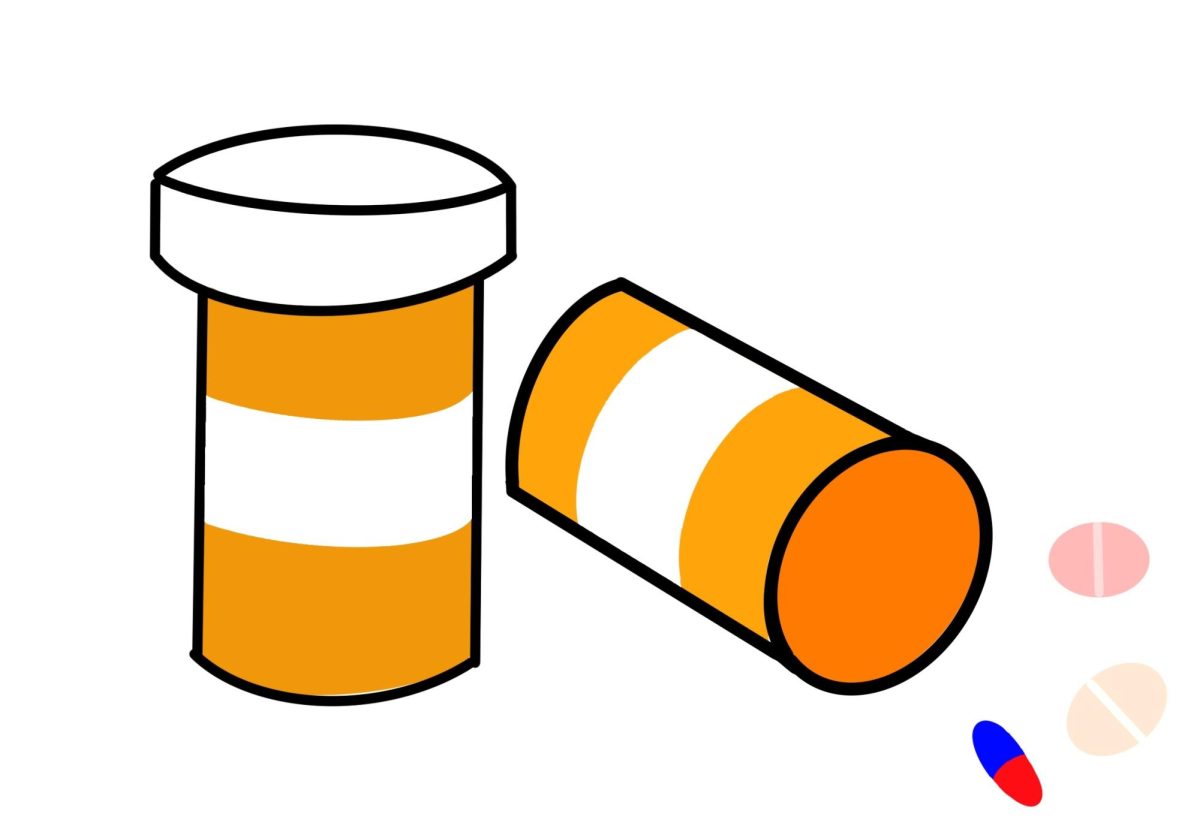In the expansive world of teens, there are three things that we deem top priority — school, friends, and how many people liked our Instagram posts. As we live carefree in society, we own a mindset that nothing can go wrong in our bubble of naivety. Following the mentality that teen years are a time to experiment, youth underestimate the too-often effects of that experimentation — overdose and addiction.
However, that bubble of naivety is rudely burst as in a 2024 US report, an average of 22 teens in the United States die each week from drug overdoses. This alarming statistic only skims the tip of the iceberg of the increasing opioid-related overdoses that are endangering society’s most useful resource — the youth,
According to Alyza Berman Millard, Executive Director, and Clinical Director at The Berman Center for Behavioral Healthcare, with drug transactions expanding to social media platforms, now there is a higher susceptibility to peer pressure, and thus the glorification of drug use ensues.
“As a result, teens may feel that it is alright to use substances because others are doing so,” Millard said.
As taboo as this topic may be, there are current practices that are being developed, one notably being widespread availability of Naloxone, a spray equipped to reverse the impact of overdoses. As friends, boyfriends, girlfriends, and humans, we need to ensure that these resources are readily available during a time of emergency.
Required by California law AB 1748, Naloxone is currently available at Paly and other high schools with the help of trained professionals. Referred to in PAUSD’s Fentanyl Awareness page, Naloxone is readily available in the Health Office, in each automated external defibrillator (AED) box — this can be found in the large buildings, including the Media Arts Center and the Peers Family Center.
As a teen myself, I observe that we maintain positions of indifference toward public drug use. Agreeing that by experimenting, you are living your true teenage rebellious stage, we fail to grasp the true severity of this experimentation.
It’s not only me that feels this way, as Maggie Crady, a Palo Alto High School freshman, says that while the implementation is useful, its impact is diminished if there isn’t awareness.
“Most students are unaware of Naloxone ,” Crady said. “More awareness needs to be spread on Naloxone before it can actually be of service to students.”
The conversation from our parents or health classes — although thoughtful — either takes a stance of complete abstinence or telling a police officer, which are both sometimes options that aren’t feasible for those in danger.
“A large number of teenagers have had experiences with drugs,” Crady said. “Many of which are not educated in the topic and do not understand how easily opioids can be hidden in other substances.”
As more and more kids are becoming a statistic, we must destigmatize our perception on youth drug addiction and educate ourselves. Whether that be being well-informed about how to use Naloxone or being an active advocate for overdose-related education, every effort is necessary to stop this issue from developing further. As we turn our heads the other way, we become teens’ biggest enemy.
